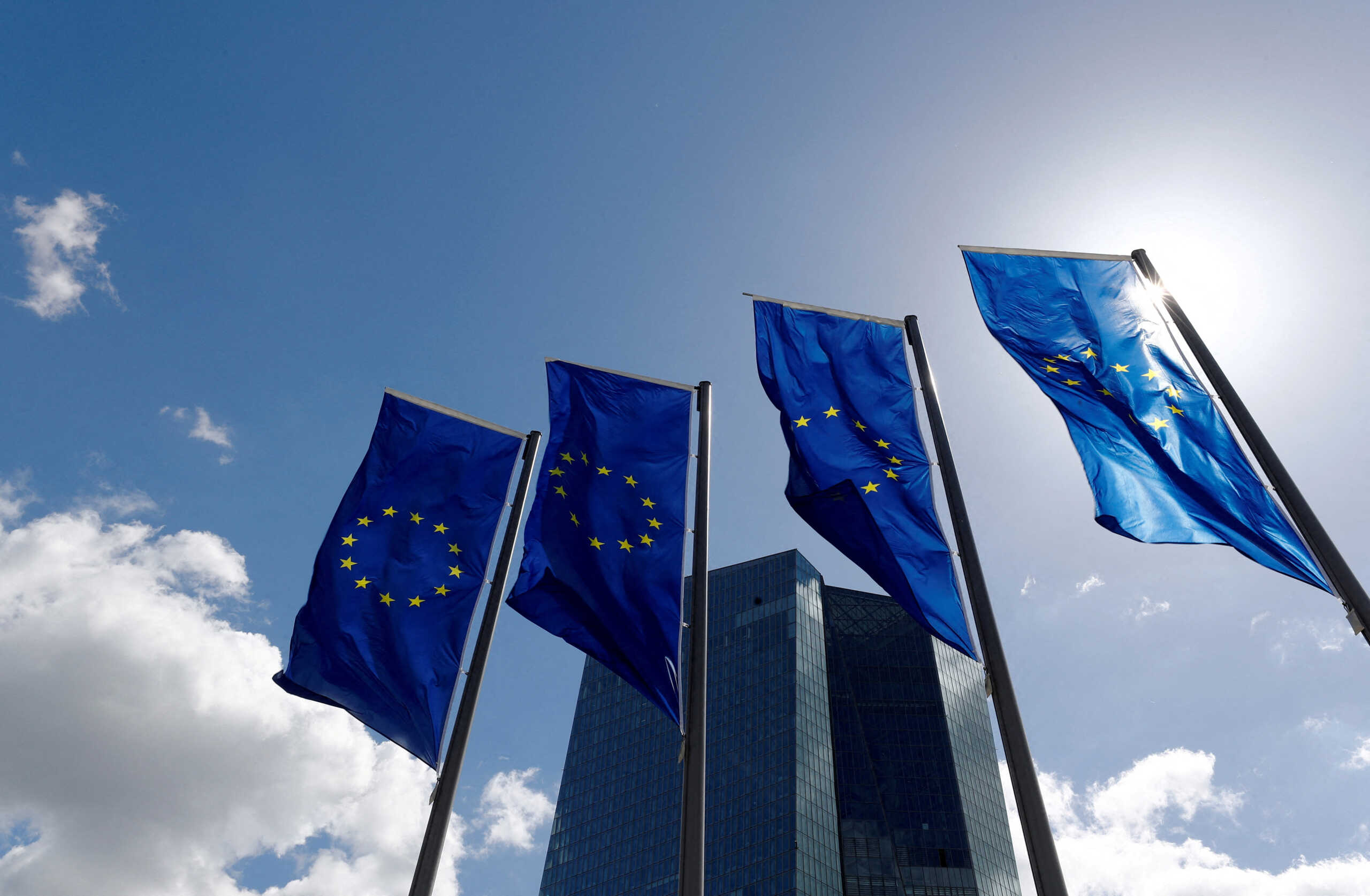The countries of the European Union (EU) are in a race to agree on a joint fund of 500 billion. euros for joint defense projects and arms procurement, leveraging markets bonds to boost spending ahead of Donald Trump’s return to the White House.
The new proposals concern a more flexible form of a defense fund that will also be open to countries outside the EU.
Trump’s threat to withdraw US security guarantees from underperforming Nato allies has prompted EU capitals to explore more radical defense financing options, including joint borrowing through bond issues that has traditionally provoked backlash from budget hawks in Germany, the Netherlands and Denmark.
The possibility of creating a defense fund that will finance the equipment of the European continent against the threats created by the unstable geopolitical scene in Ukraine and the Middle East, has sparked intense discussions at the summit level.
Now, senior European officials discussing the plan openly tell the Financial Times that they are now focusing on creating a defense financing body that would issue bonds backed by national guarantees of participating countries rather than the EU as a whole.
The funding model, which would be open to non-EU states such as the UK and Norway, is gaining ground among a core group of EU member states, six people involved in the talks told the Financial Times. While the exact borrowing target has yet to be agreed, negotiators said it should exceed 500 billion. euro.
Europe has long grappled with how to increase defense spending to maintain support for Ukraine and prepare for US President-elect Trump, who warned earlier this year that “we are not going to protect” NATO allies. “if they’re not going to pay.”
The EU has explored a myriad of ways to finance additional projects, and the intergovernmental fund has emerged as the most ambitious option under consideration.
The plans have been brought to the UK’s attention, but London has not yet committed to any involvement, according to European officials involved in the discussions. A senior British official familiar with the initiative hailed the ambition as an “encouraging” sign of determination.
The European Investment Bank will be called upon to play a technical role, contributing to the management of the special purpose vehicle and the management of cash operations.
Unlike previous proposals to issue defense “Eurobonds” – joint borrowing opposed by fiscally conservative EU countries – participation in the fund will be voluntary and open to non-EU states.
Therefore, EU restrictions on the use of common funds for military purposes will not apply, and member states with a military neutral position, such as Austria, Malta, Ireland and Cyprus, will be able to opt out without vetoing the plan.
Greek Prime Minister Kyriakos Mitsotakis, who defended eurobonds on defense earlier this year, told the FT there was a change in mood among EU leaders. While his proposals initially met with a “lukewarm response”, Mitsotakis now feels “a renewed sense of urgency” given Europe’s security challenges and Trump’s return to power.
“There is a growing consensus that we need to spend more on defense and perhaps it is time to create a common European mechanism to finance projects of common interest,” he said.
“Germany and France would obviously benefit from more European defense spending,” said Mr. Mitsotakis, adding that Italy and Spain are also “big players” in the industry that could benefit from this initiative.
Poland’s Deputy Finance Minister Pawel Karbovnik also said that “Europe has no choice” but to increase its defense investments. “We have to be able to defend ourselves in the worst case scenario,” he told the FT.
Under the new plans, the EIB will contribute to the management of national guarantees and play an administrative role in the capital markets. Under its current lending policy, the EIB is prohibited from directly financing arms investments. An EIB spokesman said: “We are not aware of any such plans.”
